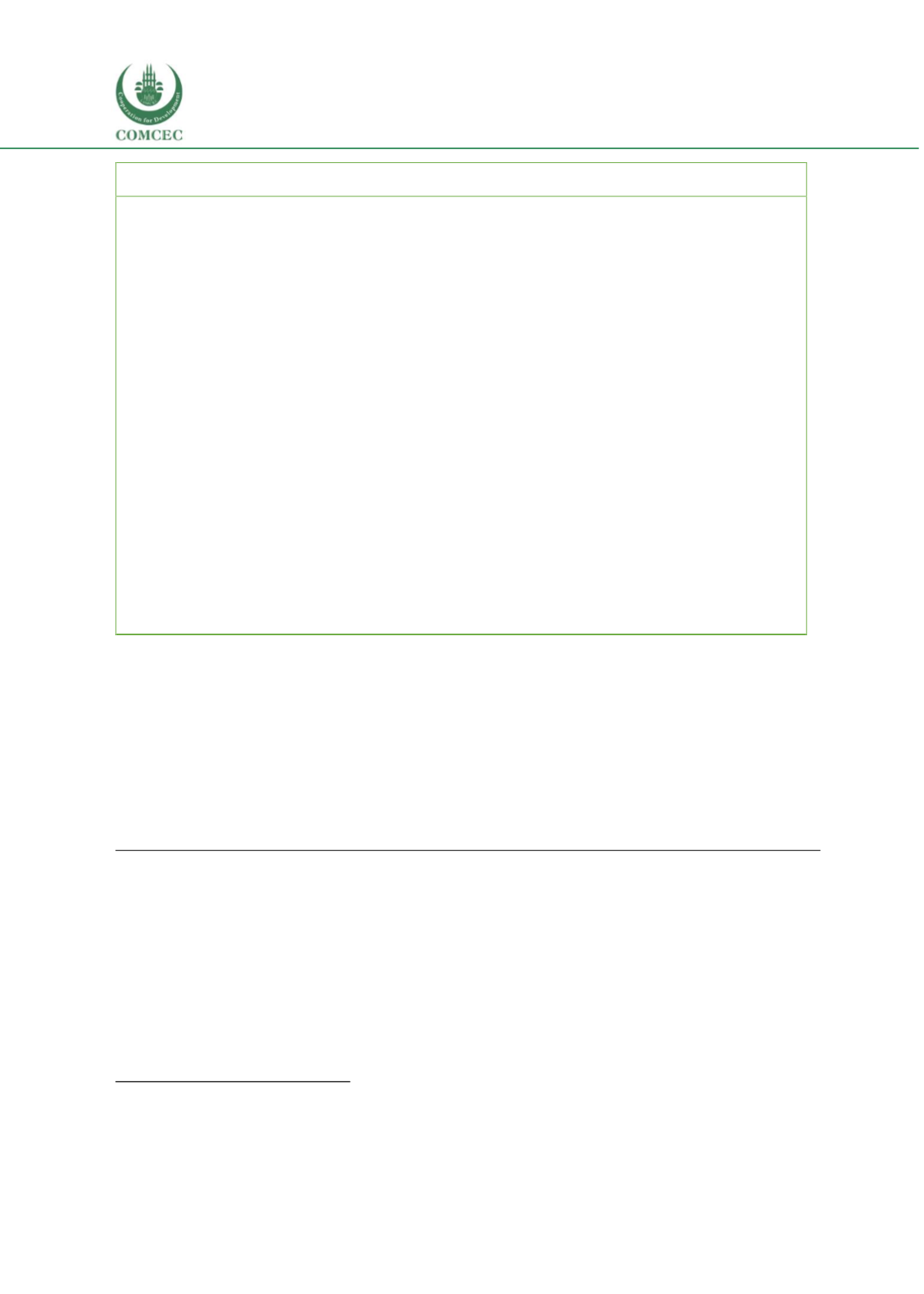

Education of Disadvantaged Children in OIC:
The Key to Escape from Poverty
144
Box 5
Quality Education: the case of UNRWA’s higher student performance
390
Higher performance.
Given the UNRWA’s resource-constrained administration serving refugee
students who continually face a multitude of adversities, it is surprising that UNRWA students
outperform public schools in Jordan by a year's worth of learning.
Goal and Methodology.
A mixed methods study was undertaken to better understand the
reasons for success at UNRWA schools and their positive performance relative to comparable
public schools, using a mix of econometric techniques, review of pedagogical practices and
classroom time-on-task through structured methods, usage of SABER tools and qualitative data
collection.
Findings
on why UNRWA achieves these performance results include:
-
“UNRWA selects, prepares and supports its education staff to pursue high learning outcomes.
It has its own teacher training academy based in Amman.
-
Time-on-task is high in UNRWA schools and this time is used more effectively than in public
schools
-
UNRWA schools have a world-class assessment and accountability system
-
UNRWA schools are part of a wider community and culture of learning that supports the
child. Parental and community involvement are relatively high.”
Source:
World Bank. 2014.
Learning in the face of adversity: the UNRWA education program for
Palestine refugees.
Supply-side: Education Financing
Resources invested: room for improvement:
Jordan invests about 3.5% of its GDP
(Table 21 )on education and almost 10% of its total government expenditure
391
.
390
World Bank (2014b)
Learning in the face of adversity: the UNRW education program for Palestine refugees.
39
1 http://wbgfiles.worldbank.org/documents/hdn/ed/saber/supporting_doc/CountryReports/SAA/SABER_SAA_Jordan.pdfLearning environments:
The quality of the basic infrastructure of public schools in Jordan is
highly variable, with considerable complaints of poor learning environments, especially in rented
schools.
Table 21 Selected Education Indicators
Public Expenditure on Education (2013)
As % of GDP
3.5
As % of total government expenditure
9.7
Teacher/pupil ratio in primary (2014)
16
Percentage of repeaters in primary (2012)
0.6
Primary to secondary transition rate (2010)
99.1
















